Developing Our MathMINDs was a series of conversations and resources about math that is intended to be a journey of growth with families over several weeks. Each week, MIND's Lead Mathematician and Product Director Brandon Smith and Content Development Manager Nina Wu talked about the adjustments families made to learning at home during the peak of the Covid-19 pandemic, and the opportunities that situation provided for changing our relationship with math.
Each week, both the video conversations and resource links will be posted here on the MIND Blog, as well as on our YouTube page.
In week two, Nina provides a glossary and overview of some mathematical terms and concepts for families.
Here are the list of terms Nina discusses (and a few extra!), along with the time that they appear in this week's video:
Modeling (1:55): Visually representing a situation; most simply, draw a picture!
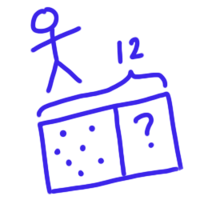
Array (2:40): A way to organize objects into a grid.

Area Model (3:20): A rectangular diagram showing area (length x width); a type of array (!) helpful with modeling scenarios with larger numbers.
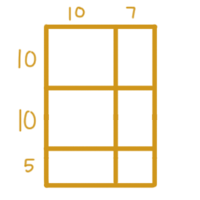
Number Line (4:00): Good for showing distance between two numbers, skip counting, and showing addition/subtraction problems in a meaningful way.

Manipulatives (5:00): Physical objects to help you model and count. They just really need to be uniform with each other. You can make your own or find some around your house - pasta, dry beans, pennies, LEGOs, paper clips, etc. No need to buy anything!

Unit Tiles (6:00): Manipulatives specifically helpful with area problems or fractions where the size or area is being counted or measured. You can easily make your own from paper.

Mental Math (6:30): Doing basic math, estimation, and meaning-making of numbers in your head (NOT complicated calculations or algorithms).
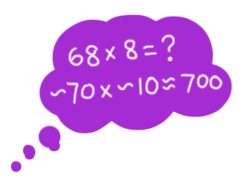
Fact Fluency (7:50): Being able to recall basic math facts in your head (e.g. sums of 10, multiplication tables).
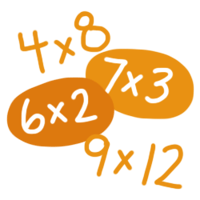
Ten Frames (8:10): A 2x5 array to help build numbers less than 10 or sums of 10.

Number Sense (9:05): An understanding of what numbers mean and how operations affect them.
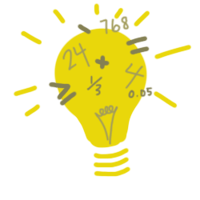
Place Value (9:30): The position of a digit determines its value (e.g. 400 vs. 40 vs. 4).

Friendly Numbers or Benchmark Numbers (10:00): Helpful numeric reference points, easier to remember and work with (like 10s or 100s).
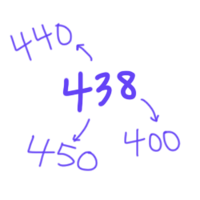
Regrouping (10:28): You may know this as "carrying" in addition, or "borrowing" in subtraction. It's the process of breaking up numbers to make it easier for us to add and subtract.
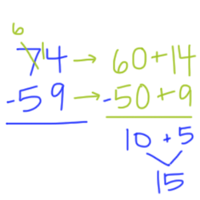
Other terms/tools not included in this video:
Hundreds Chart: A 10x10 table listing the numbers 1-100; good for skip counting, recognizing patterns in the numbers; can also be used to help with addition/subtraction problems.

Part-Part-Whole: A concept to help students generalize the idea that numbers can be decomposed into their parts. It also helps students make the transition and see the relationship between addition (part + part = whole) and subtraction (whole - part = part).

Tables: Two-column charts can help organize numbers to recognize patterns or trends.

Graphs: Lines made of points on a coordinate grid; can be built from tables and good for representing patterns, trends, and data.
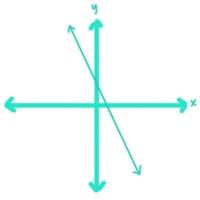
You can also download this glossary of mathematical terms right here!
Download the Glossary of Mathematical Terms
We look forward to embarking on this mathematical journey together with families, and we want to hear about your challenges, success, questions and experiences along the way!
This week, we want to know:
What are some mathematical terms or concepts you've seen in your students’ math assignments and activities, but don’t feel you have a good understanding of?To reply, you can either comment on the blog below, head over to our Facebook group, or comment on YouTube. And for more information and resources that expand on this week's discussions, check out the links below!

Brian LeTendre was the Director of Impact Advancement at MIND Research Institute. In addition to building thought leadership and brand awareness for MIND, Brian worked cross-functionally internally and externally to amplify MIND's social impact and accelerate our mission. He is an author, podcaster and avid gamer.
Comment